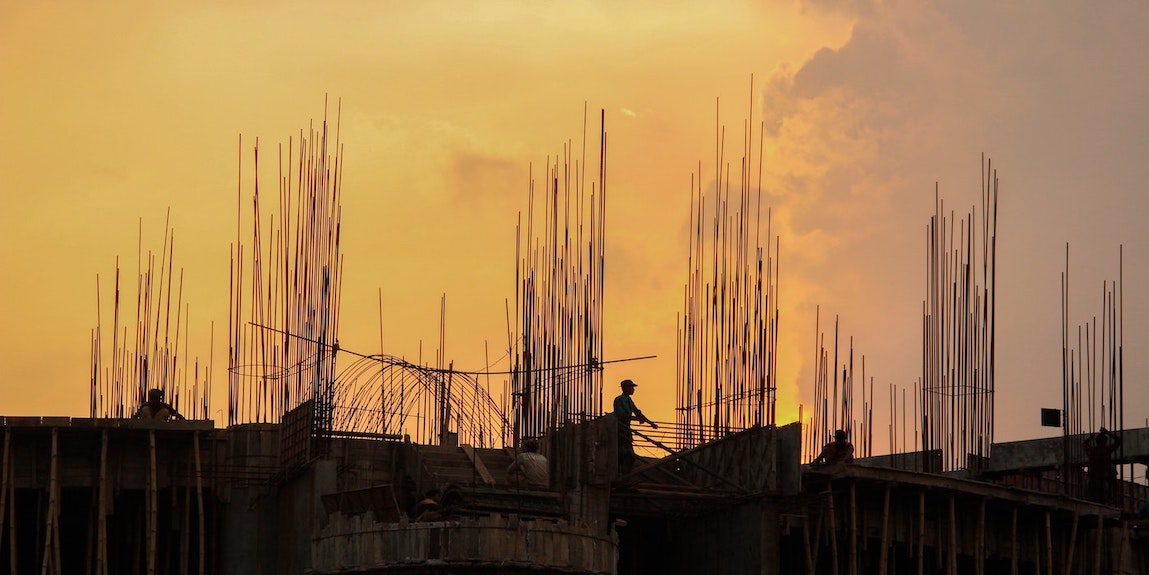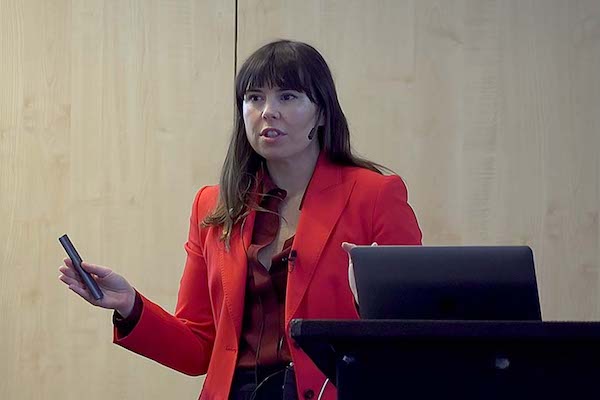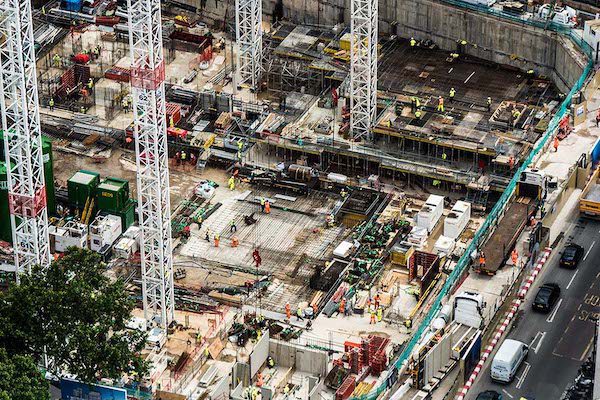

Walk around any world heritage site – Rome, Angkor Wat, Giza, Machu Picchu, Dandong or Mexico City and you cannot help but be impressed by the ingenuity of man-made structures. Construction is as important a part of mankind’s civilization as organized agriculture. It has alternatively provided a protected place to live as well as the means for building empires.
For thousands of years, construction industry’s forebears have made influential changes on their environments. Roman concrete – opus caementicium – was based on a hydraulic-setting cement which set underwater and enabled bridges and ports to be established quickly. It also contained volcanic ash which prevented cracking, meaning that many Roman buildings (e.g., the Pantheon) still survive today in remarkable condition. Construction facilitated rapid expansion of the Roman Empire and provided an emphatic display of their dominance.

“Why,” asks Maria Joao Ribeirinho, a McKinsey Partner and lead consultant for the construction industry, “after thousands of years as a leading innovator, did our industry change half a century ago and drop so far down the industrial index for productivity?” This is a taxing question – a key conundrum which was at the center of much discussion during the recently held McKinsey Trackunit Predict Summit 2018 which took place in Copenhagen.
“By comparison,” continued Maria, “between 1947 and 2010, cumulative real growth in the United States for agriculture was 1,512 percent, in the same period construction managed a relatively miniscule 6 percent.” Low productivity, project delays and budget overruns are not news in the construction industry, nor is its low ranking in the digitalization index and use of technology to improve its fortunes.

One problem is that to date, no one has put a real value on what is tangibly at stake. McKinsey estimate that globally, construction could avail of a $1.6 trillion opportunity by increasing its productivity across the various operational realms. It’s a massive figure even in the context of an industry that accounts for 13 percent of global GDP.
Maria Joao Ribeirinho considers there to be three key challenges which need to be resolved to start to animate the claw back of this bonus:
McKinsey and Partners have long stated that technology holds the keys to improvement, certainly, it’s been a major factor for agriculture. “That technology,” says Maria Joao Ribeirinho, “already exists today.” However, she’s at pains to point out that data alone, for example, will not solve all of construction’s ailments. Advanced analytics may also be hindered, simply because data collection across the breadth of complex, distributed and multidisciplinary projects like construction sites is not without its own challenges.

From a structural point of view, regulation could also be a roadblock, as could be the proliferation of proprietary data standards. With different equipment and sensors from different manufacturers in play, diversity which is not based upon open standards and APIs could prevent real insights being delivered. In keeping with that, the industry does not currently have experience in bringing together a technology ecosystem to help deliver the efficiencies required.
“IT and infrastructure are always challenges for any industry going through the digitalization process,” says Maria Joao Ribeirinho.
“However, no amount of technology will solve a problem which the industry doesn’t think it has.”
Maria Joao Ribeirinho
At the end of the day, it will still be down to the operators to download and utilise apps in order to maximize the available opportunity.
When we strip it back to basics, solving problems using technology is what the most successful empires did. In fact, often technology itself was one of the keys to empire building – together, of-course with great leadership and a clear vision and communication of objectives! Today, that same leadership is required, but the commitment by the construction industry to connecting the physical and digital world must be equally shared throughout the ecosystem.
At the coal face and in the management team, best practice can be supported and accelerated by technology providing a fast track back to much higher productivity, and the realization of that $1.6 trillion windfall in place of the old inefficiencies and time and budget overruns. Trackunit is in the process of arranging a webcast to share outcomes from the McKinsey Trackunit Predict Summit 2018 – please stay tuned for more information.

